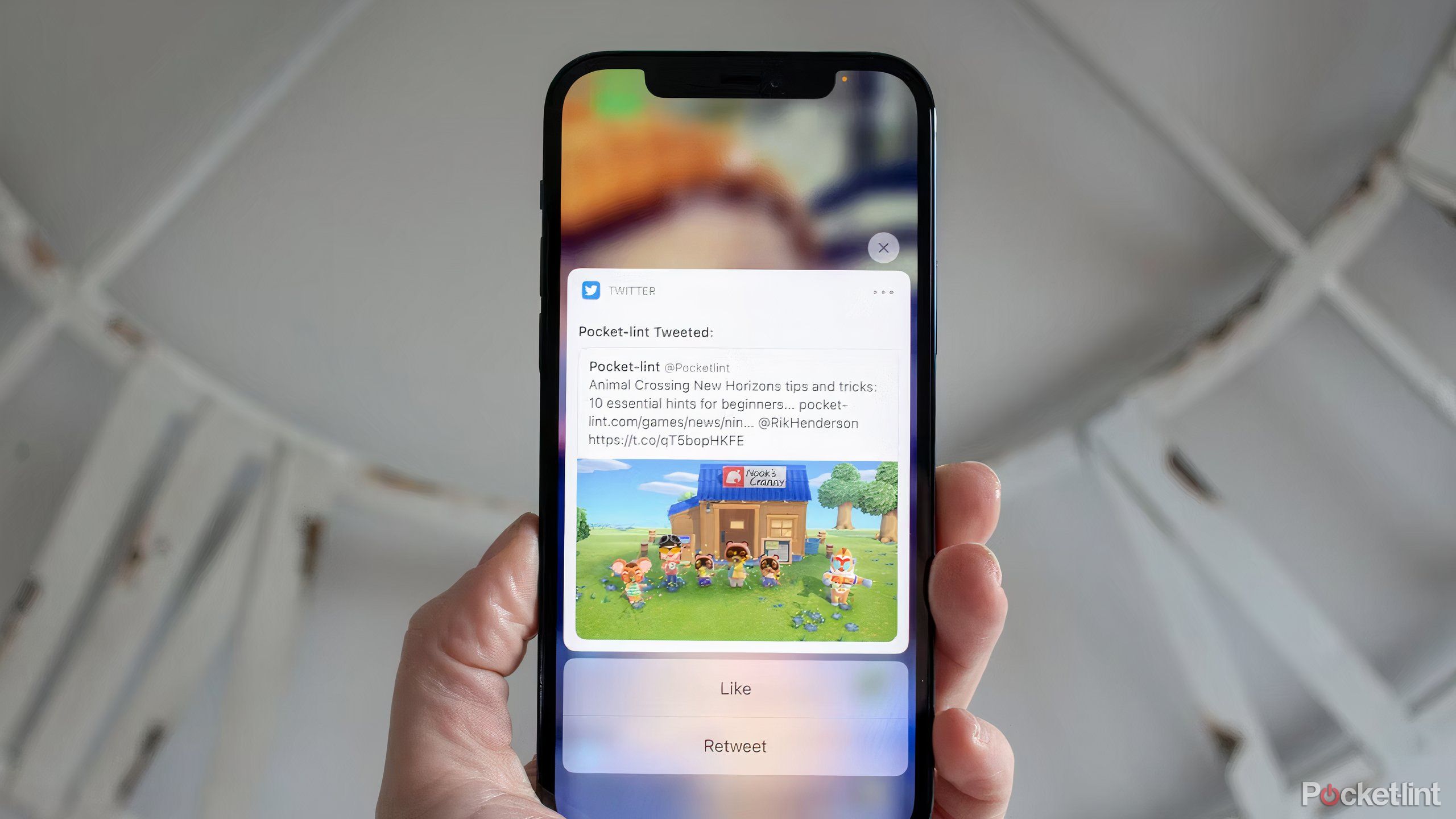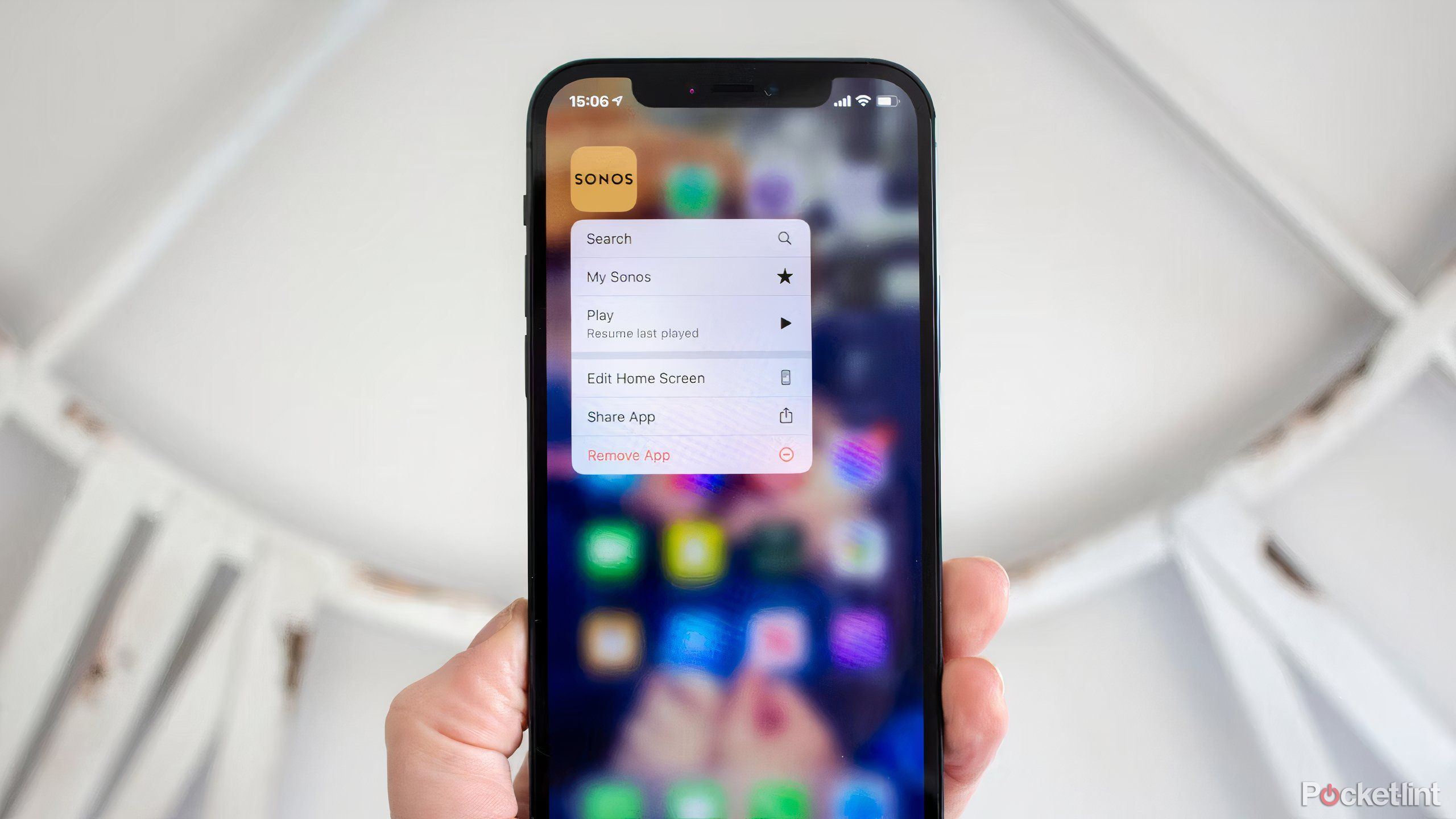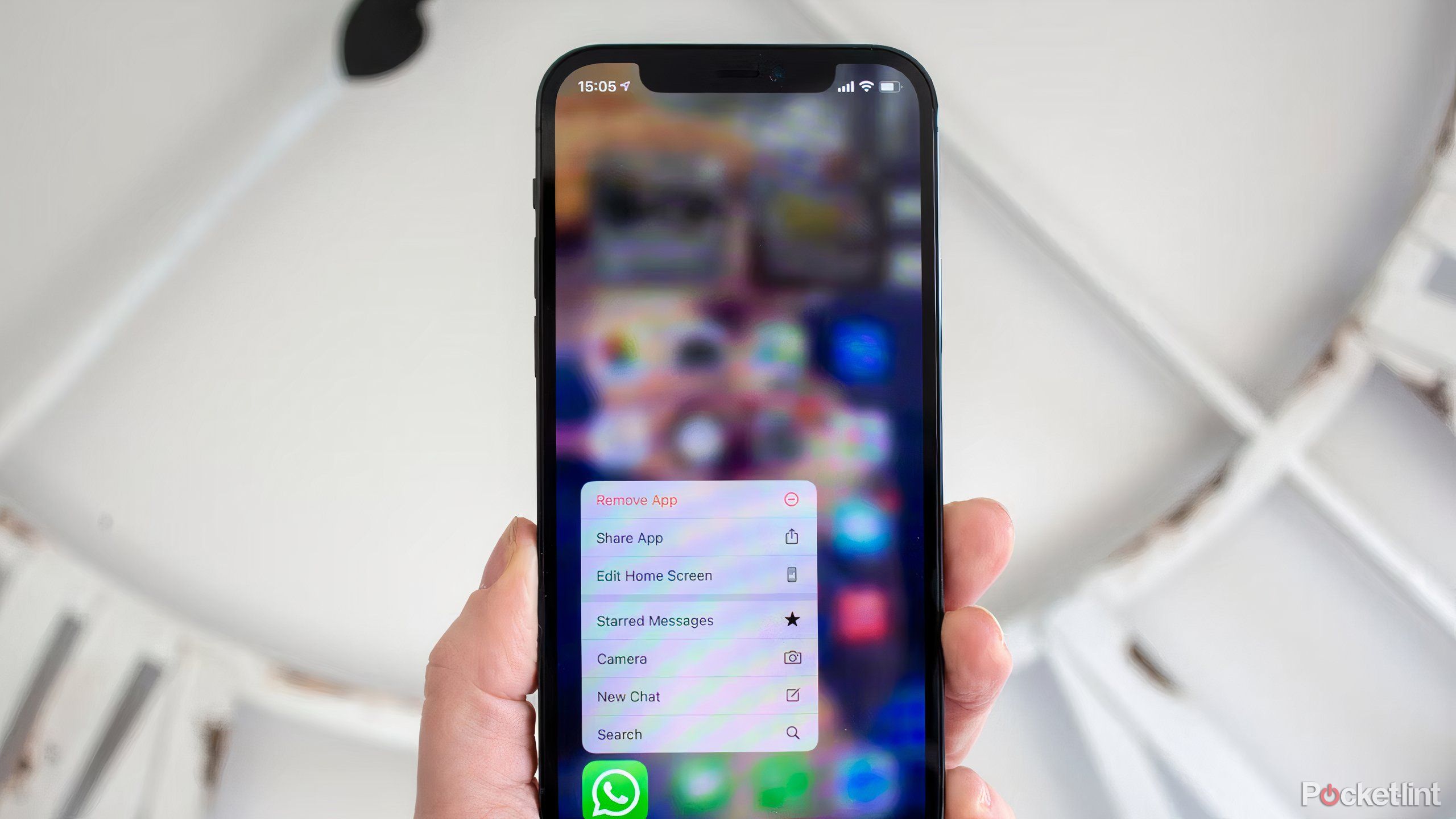Key Takeaways
- Haptic Touch replaces 3D Touch, and responds to long presses with a slight vibration.
- Haptic Touch works via software, as opposed to using dedicated pressure-sensitive hardware.
- Most first and third-party apps support Haptic Touch for shortcuts, making the experience similar to 3D Touch.
Apple introduced a pressure-sensitive technology back in 2015 called 3D Touch. But in 2018 the tech fell out of favor, and since then, iPhone models have instead used something that Apple calls Haptic Touch.
This is everything you need to know about Haptic Touch, how it works, what it lets you do, and how it’s different to 3D Touch.
Related
iPhone 17 and 17 Pro rumors: Everything we know so far
The phones are a long way out, but info is already emerging.
How does Haptic Touch work, and how is it different to 3D Touch?
Both technologies are quite similar, but with a key difference
Pocket-lint
3D Touch-enabled devices from the iPhone 6S onwards let you apply pressure to the screen and get a shortcut menu, particularly on app icons.
Apple’s Haptic Touch technology is similar to 3D Touch but it doesn’t rely on pressure. Instead, Haptic Touch kicks in when you long-press the screen, offering a small vibration as acknowledgement following the press; haptic feedback, hence the Haptic Touch name.
Haptic Touch is software-based rather than hardware-based, while 3D Touch was hardware-based, requiring a different type of screen technology that would have made it difficult to deliver the edge-to-edge displays we now expect on our phones.
With 3D Touch, different results appeared depending on the force with which you pressed – such as Peek and Pop. You can read all about 3D Touch in our separate feature if you still have a 3D Touch-compatible device.
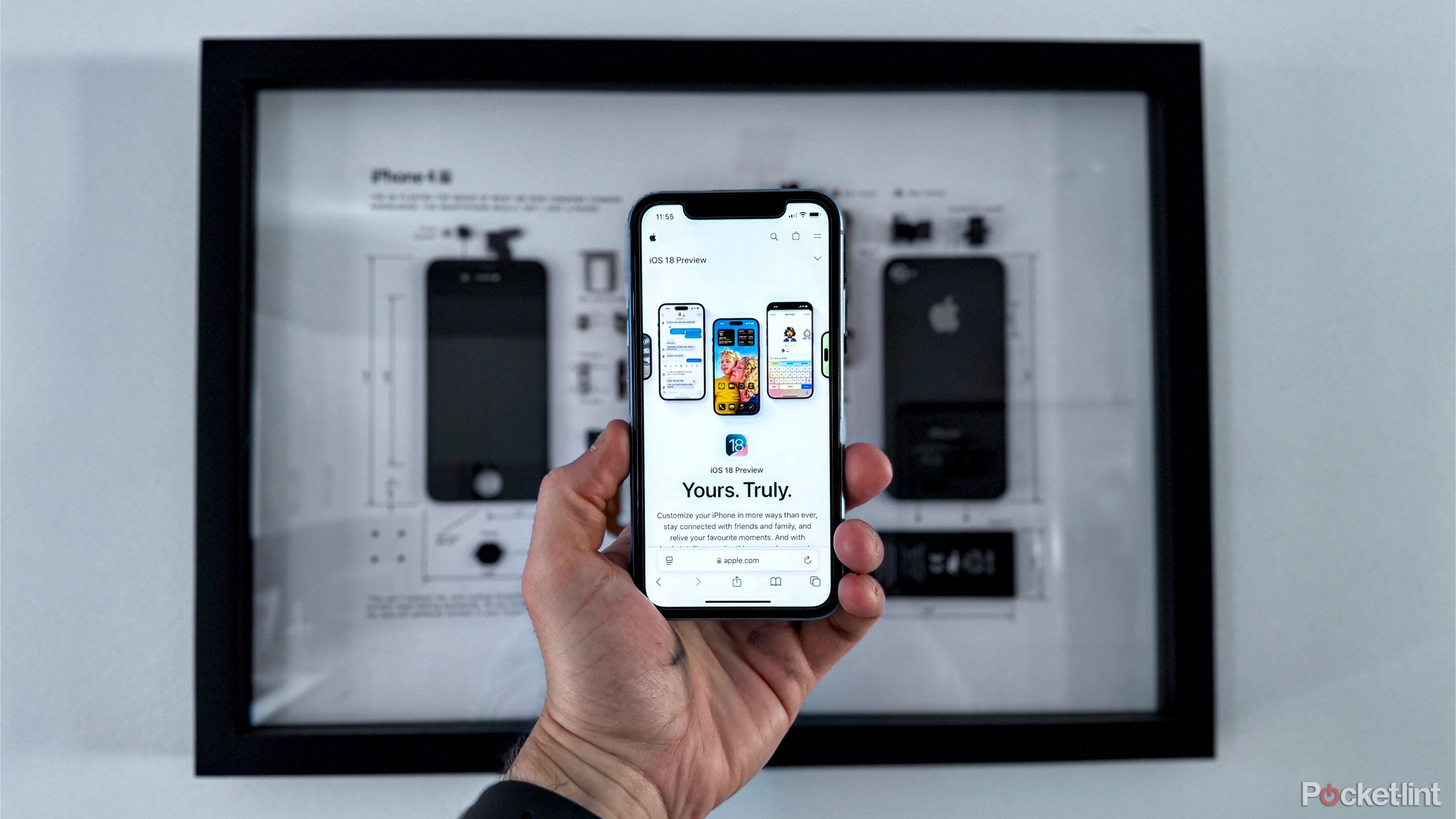
Related
My 10 favorite iOS 18 features in Apple’s new public beta
Despite Apple Intelligence stealing the show at WWDC 2024, Apple’s first iOS 18 public beta includes several awesome new features.
What can you do with Haptic Touch?
Pocket-lint
When 3D Touch first launched, only a few apps were compatible – predominantly Apple’s native apps. As the months and years went on, however, more third-party apps built-in compatibility. While 3D Touch was never a feature we used that much, there were some pretty cool shortcuts.
According to Apple, Haptic Touch “lets you do things faster, like take selfies without launching the camera app.” Haptic Touch now offers a lot of functionalities very similar to 3D Touch – to the point where you are unlikely to miss 3D Touch at all (if you used it in the first place).
With Haptic Touch, when you long-press some apps, a shortcut menu will appear, along with the option to Remove App or Edit Home Screen. For other apps that haven’t developed Haptic Touch compatibility yet, only the option to Remove App, Share App, or Edit Home Screen will appear.
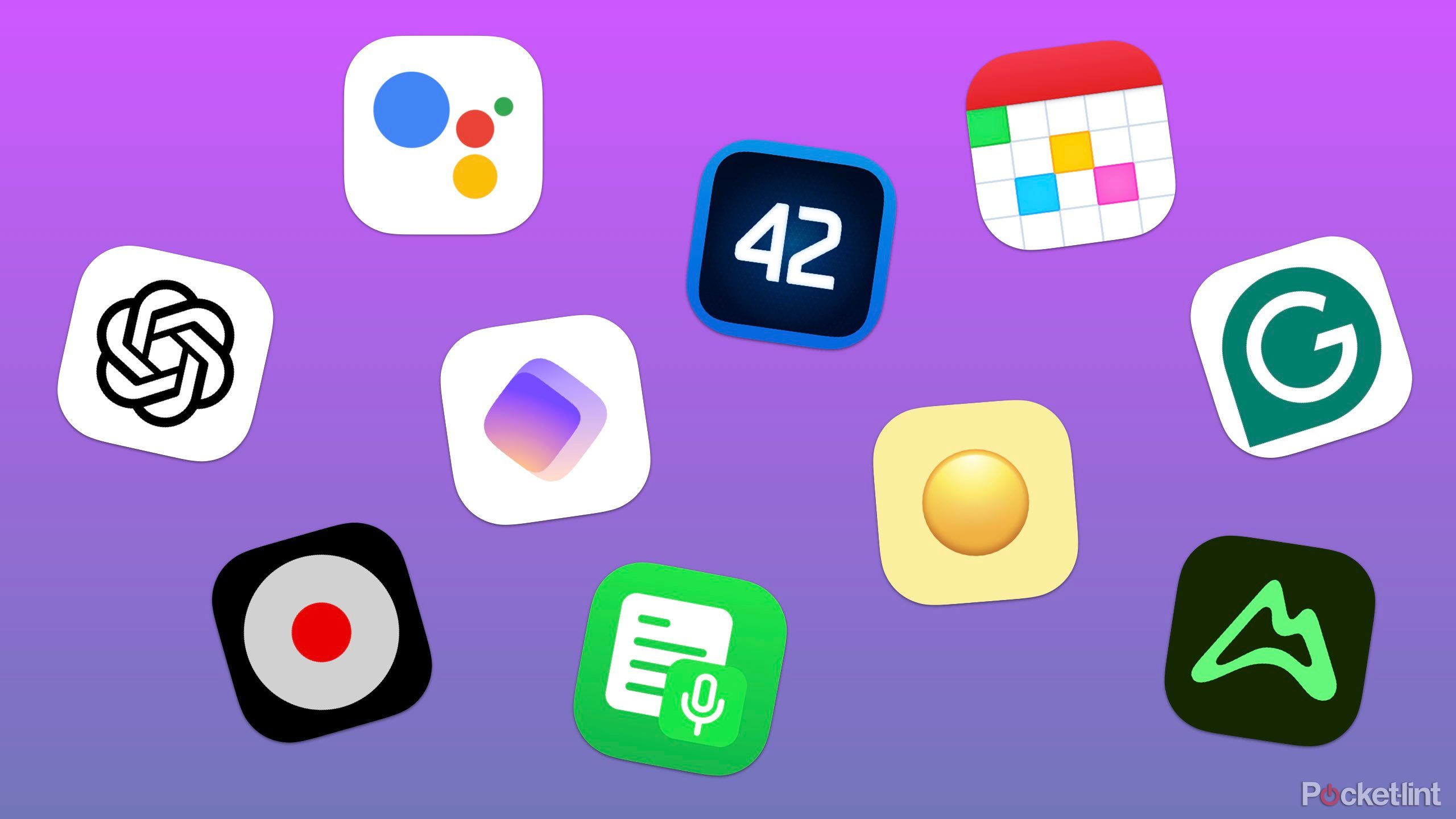
Related
Apple will likely kill off these apps with iOS 18
iOS 18 could result in the death of apps like 1Password, TapACall, Proton Pass, and more
What apps work with Haptic Touch?
Just about all of Apple’s first-party apps work with the technology, as well as an ever-growing fleet of third-party apps
Pocket-lint
Most of Apple’s native apps work with Haptic Touch – though not all – and there are now plenty of third-party apps too. Here’s a list of a few of our favorite icons to long-press on to deliver shortcuts:
- Torch at the bottom of your lock screen for turning on or off.
- Notification on the lock screen to see more details.
- Camera app to see a menu for take a selfie, record a video, take a portrait or take a portrait selfie.
- Calendar app to add an event quickly.
- Photos app to see your most recent photos, your favorites, search or show photos from one year ago.
- Phone app to create a new contact, search for a contact, view your most recent call, view your most recent voicemail.
- Maps app to send your location, mark your location or search nearby.
- Fitness app to see trends, workouts, sharing and the option to send your activity rings.
- Settings app to open Bluetooth, Wi-Fi, Mobile Data and Battery settings.
- Mail app to open all inboxes, create a new email, search emails or see VIP messages.
- Safari to show your bookmarks, start a new private tab, start a new tab or show your reading list.
- Clock to create an alarm, start a stopwatch or start a timer.
- Siri Shortcuts to see your shortcuts or create a new shortcut.
- Weather app to see the weather in your location, add a location, or see other recent locations.
- Health app to see your Medical ID, a summary or all your health data.
- WhatsApp to start a new chat, search chats, open the camera or see your starred messages.
- Slack to snooze notifications or search your DMs and channels.
- Instagram to open the camera, create a new post, view activity or see direct messages.
- Sonos to resume your last played, search or see My Sonos.
- Waze to drive home, drive to work, send your location or search an address.
- Amazon to open search, see today’s deals or scan a product.
- ASOS to see saved items or open search.
The list above is just a few of the ones we’ve used regularly, but if you try long-pressing any of your favorite apps, you might be surprised to see a shortcut menu appear.

Related
5 ways iOS 18 is making the iPhone look more like Android
iOS 18 brings with it tons of new features and interface niceties — many of which draw their lineage directly from Android.
How do you change the sensitivity of Haptic Touch?
The sensitivity can easily be tweaked by navigating to your accessibility settings
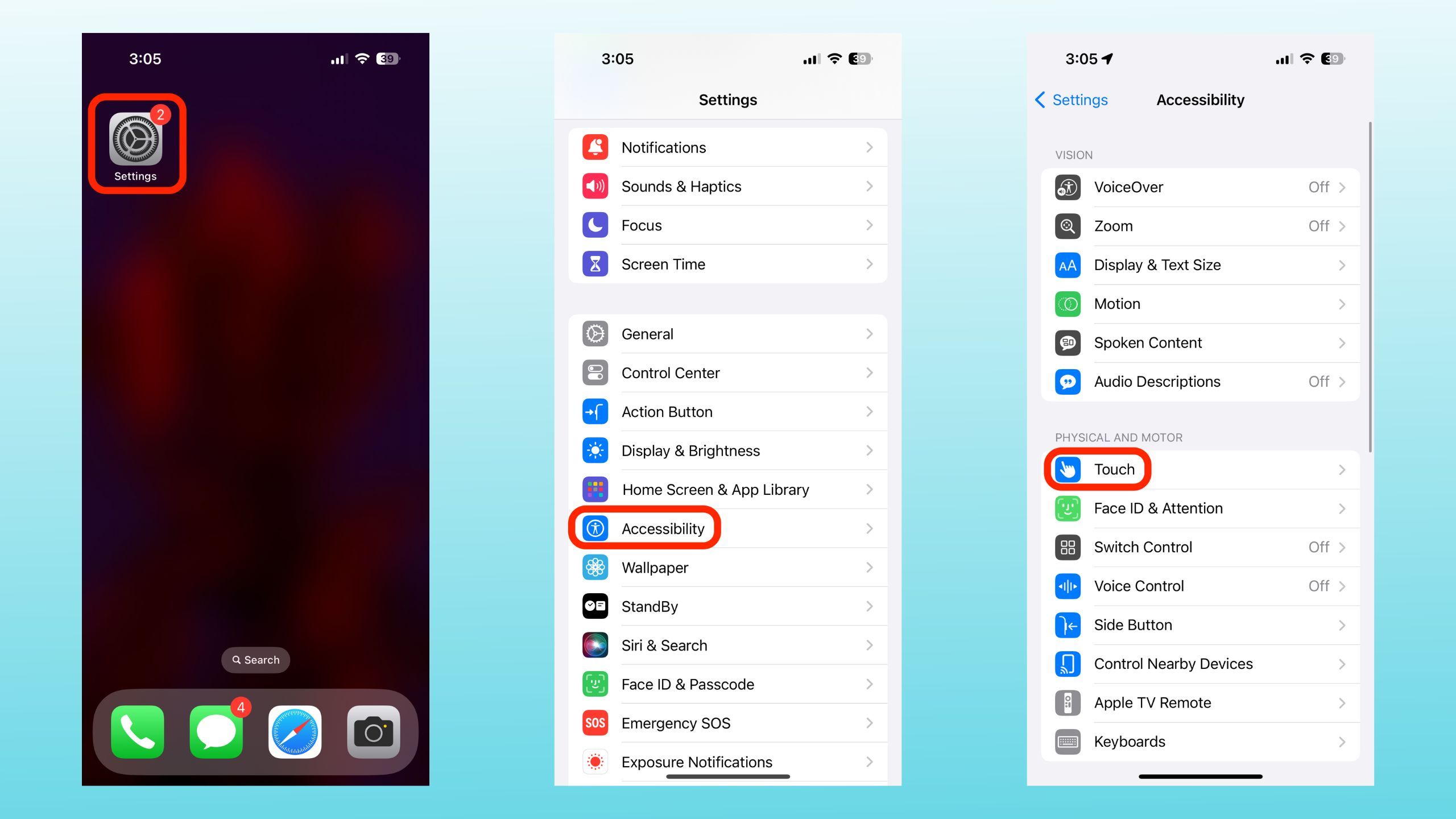
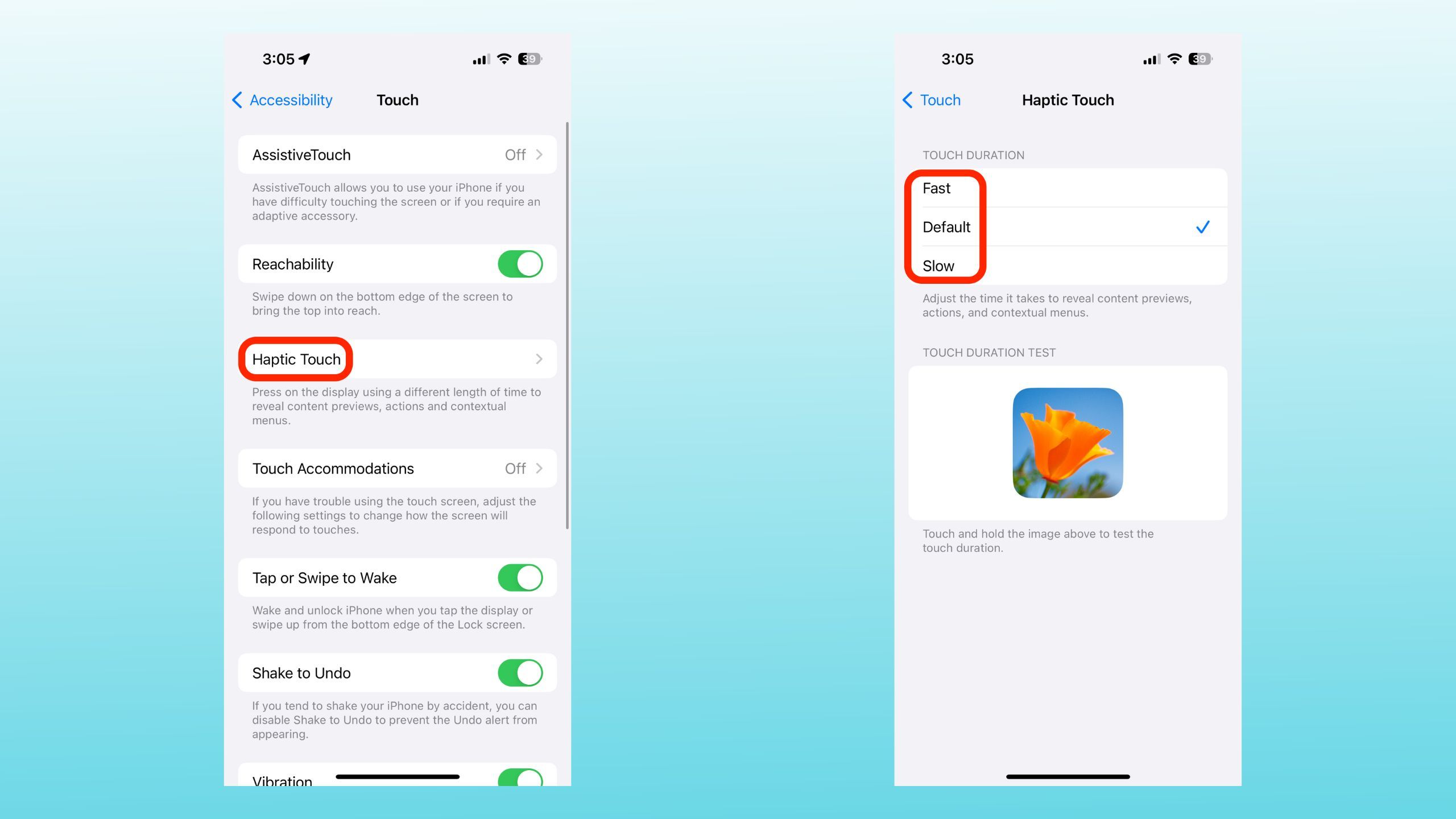
There are three sensitivity options for Haptic Touch – fast, default, and slow. Fast will deliver your shortcut menus quicker, so you don’t have to press an icon for as long.
To change the sensitivity of Haptic Touch:
- Open Settings.
- Tap on Accessibility.
- Tap on Touch.
- Tap on Haptic Touch.
- Select between Fast, Default, and Slow.
There’s also a handy touch duration test located directly below the setting itself — you can easily test out which speed setting you prefer, by holding down on the flower image provided.
5:57
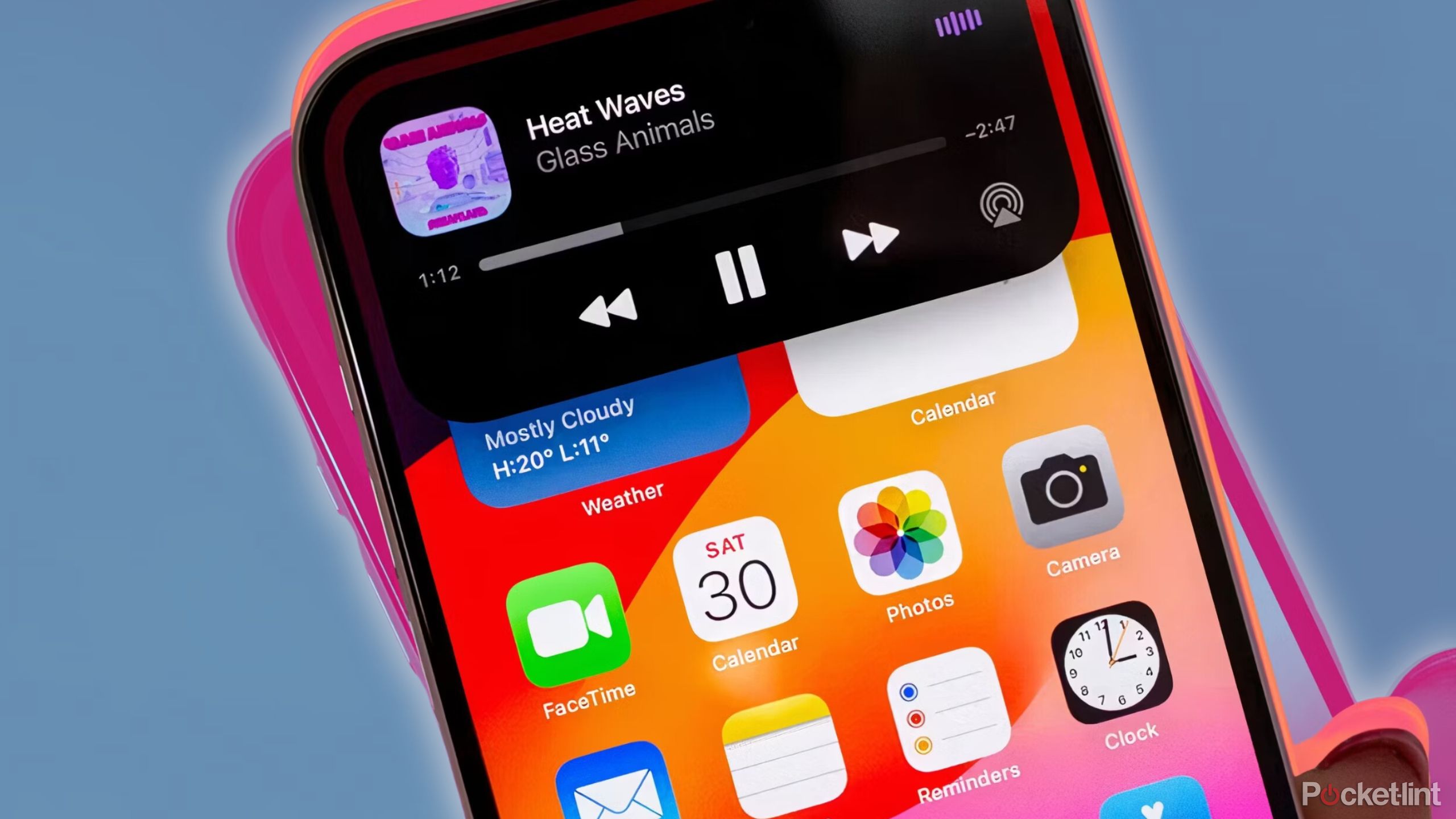
Related
15 secret tricks you need to try with your iPhone 15 Pro
From the Action Button to some fancy photo-editing tools, you’ll wish you had known about these iPhone 15 tricks sooner.
Trending Products

